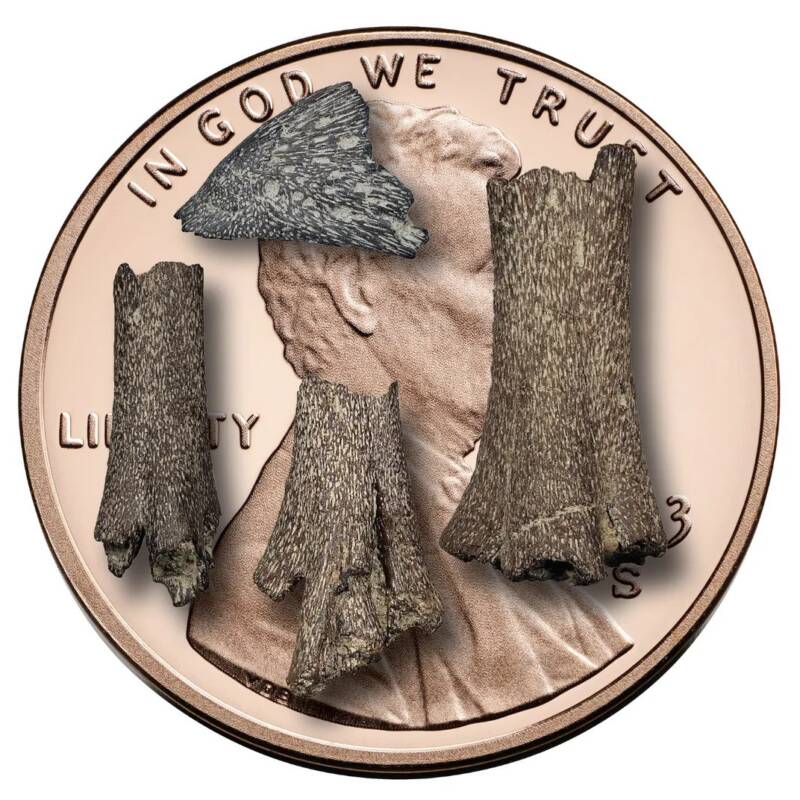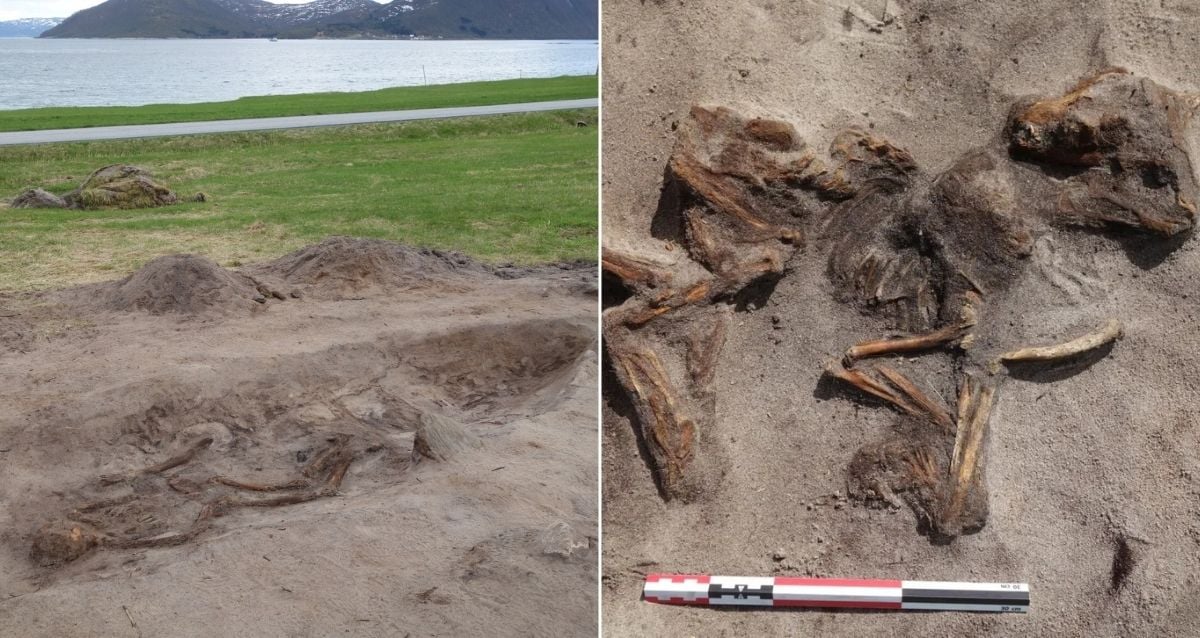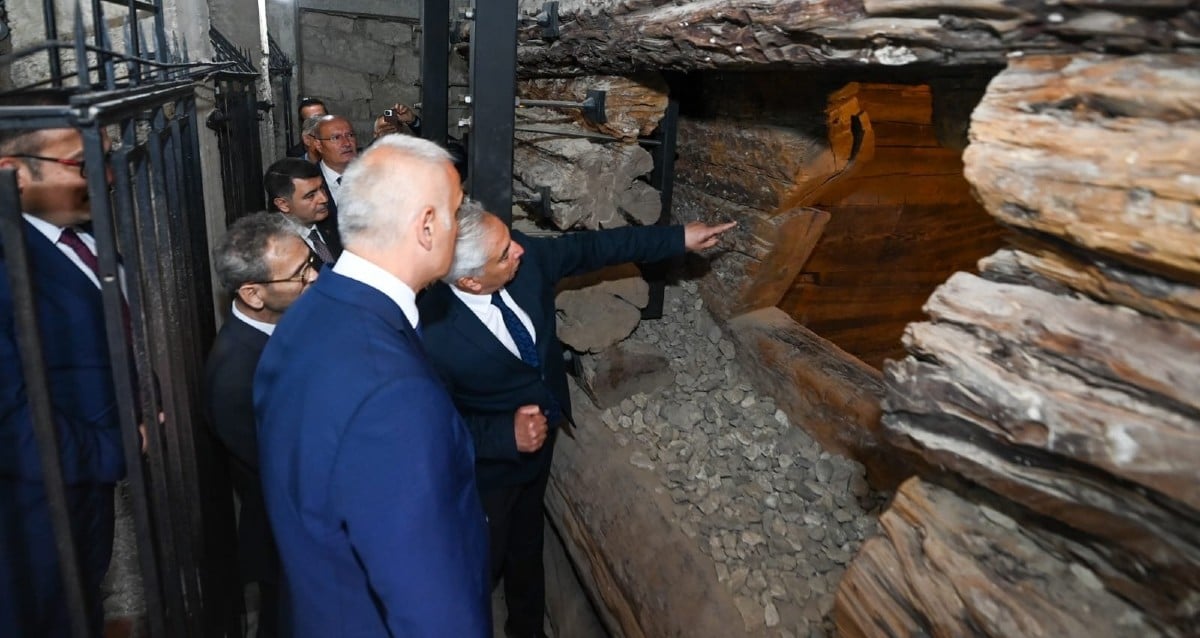Uncovering a Prehistoric Arctic Secret: Did Birds and Dinosaurs Really Share a Nest 73 Million Years Ago?
Indeed, the discovery demonstrates that birds were not only living in the Arctic alongside dinosaurs 73 million years ago, but that they had evolved to the point where they could raise their young in a frigid environment.
New Insights On Bird Evolution In The Arctic
The avian fossils revealed by the study are significant for several different reasons. For one, they’ve revealed that birds thrived in the Arctic for far longer than previously known. (During the Cretaceous period, the Prince Creek Formation would have been roughly 600 miles closer to the North Pole than it is today.) Before the study, the earliest known evidence of birds reproducing in polar regions was from about 47 million years ago, millions of years after an asteroid hit the planet and killed 75 percent of the animals on Earth.
For another, it’s revealed that Alaska is rich with prehistoric bird fossils.
“Finding bird bones from the Cretaceous is already a very rare thing,” Wilson noted. “To find baby bird bones is almost unheard of. That is why these fossils are significant.”

Pat DruckenmillerMany of the bird fossils found in Alaska are very small, as demonstrated by this comparison with an American penny.
Druckenmiller added: “We put Alaska on the map for fossil birds. It wasn’t on anyone’s radar… We are now one of the best places in the nation for bird fossils from the age of the dinosaurs. In terms of information content, these little bones and teeth are fascinating and provide an incredible depth of understanding of the animals of this time.”














Post Comment